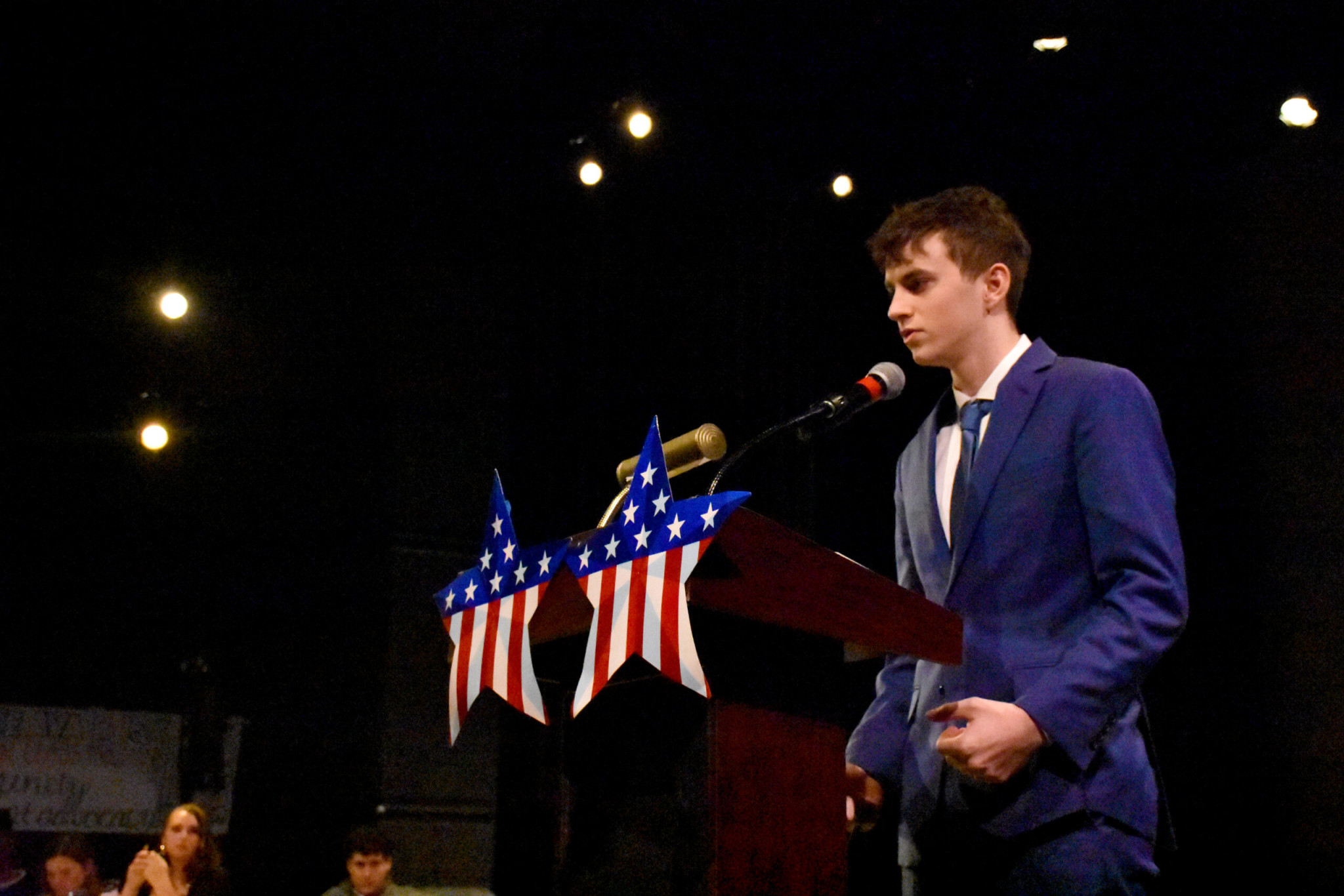Election signs litter the hallways, accounts for various candidates suddenly start showing up on your Instagram feed, and the perennial question is, “who are you voting for?” Welcome to election season at Berkeley High School (BHS).
Each year, a new group of students announce their candidacy for a variety of positions, from Associated Student Body (ASB) President and Class President to School Board Representative and Chief of Service. Election season at BHS is unlike at any other school. Through events such as the election convention at the end of February — a halfday in which candidates answer students’ questions and deliver speeches — BHS has cemented its rich culture around elections. One would think that this would guarantee a strong and powerful student leadership team, but it is not so simple. If you attended the election convention you probably heard a lot of platforms, such as promises to increase the diversity of the small schools and to support students in the wake of discussions about rape culture at BHS. While listening, students may have been left wondering how exactly candidates can deliver on these plans. And once those leaders are elected, some students find the things they are able to achieve disappointingly small compared to the ambitious ideas voiced along the campaign trail.
While there is some truth to this, the work done by the student government is far from meaningless. We hear the chief of publicity on the morning announcements every single day, and the school board representative provides the only voice of BHS students on the school board. Current ASB President and Vice President Lexie Tesch and Daijah Connerly are simultaneously following through with their platform and holding together the leadership team as a whole. They are currently installing Simple Supply Centers — which make necessities like toothpaste and deodorant easily available for homeless students. As valuable as these initiatives are, they stop short of the sweeping changes in the school’s culture proposed during last year’s election.
This is not the fault of the student leaders or of the administrators. A candidate may say they want to do something extreme but doable, like implementing regular discussion spaces for students to talk about sexual assault. Most can agree that this is a beneficial idea and it will win them votes. However, when elected, they may not follow through. It isn’t that they didn’t want to change BHS for the better or even that the administration or the system blocked them. They may have lost their passion for that issue or ran into obstacles accessing the resources needed to create change.
While it may get some flack for not doing all it’s capable of, leadership is on the right path towards a more effective student government and an overall better school environment.Our student leaders may not have as much power as we assume and even if they do, implementing their biggest plans is harder than it appears.
To put an end to this cycle of unfulfilled promises, students and administrators must work towards structural change together. An important first step is for students to know what candidates are actually capable of when they are elected so that they vote on realistic proposals rather than empty promises. Because some of the platforms are so ambitious, students end up voting on impossible ideas, on the basis of popularity, or simply on a candidate’s “vibe.” According to John Villavicencio, director of student activities at BHS, students should look for qualities like focus and leadership ability and should choose candidates who are “able to mobilize their team towards something — whether it be an event, an activity, or a cause … they hold the team together.”
Setting up new methods of communication and collaboration would also make a critical difference. Currently, student leaders meet occasionally with administrators, usually upon request on the student’s part. This is valuable, but clearly not enough. Student leaders would be more effective if the ASB presidents and the class presidents had regularly scheduled, mandatory meetings with Principal Erin Schweng and the vice principals.
Although BHS has a vibrant activist culture and many clubs working towards global improvements, student government has the responsibility to be an accessible, simple, and immediate place for change to be made within the school. Administrators, especially Villavicencio, are working towards this by focusing on planning fewer events and creating more structural innovations. While it may get some flack for not doing all it’s capable of, leadership is on the right path towards a more effective student government and an overall better school environment.





